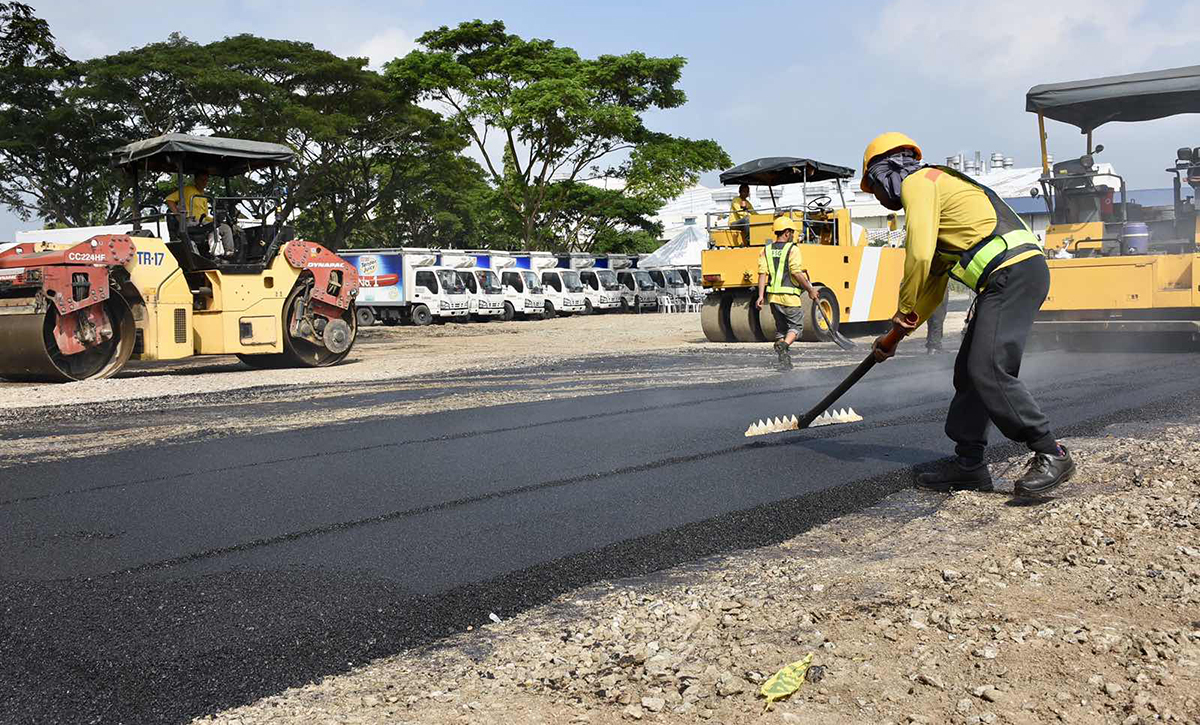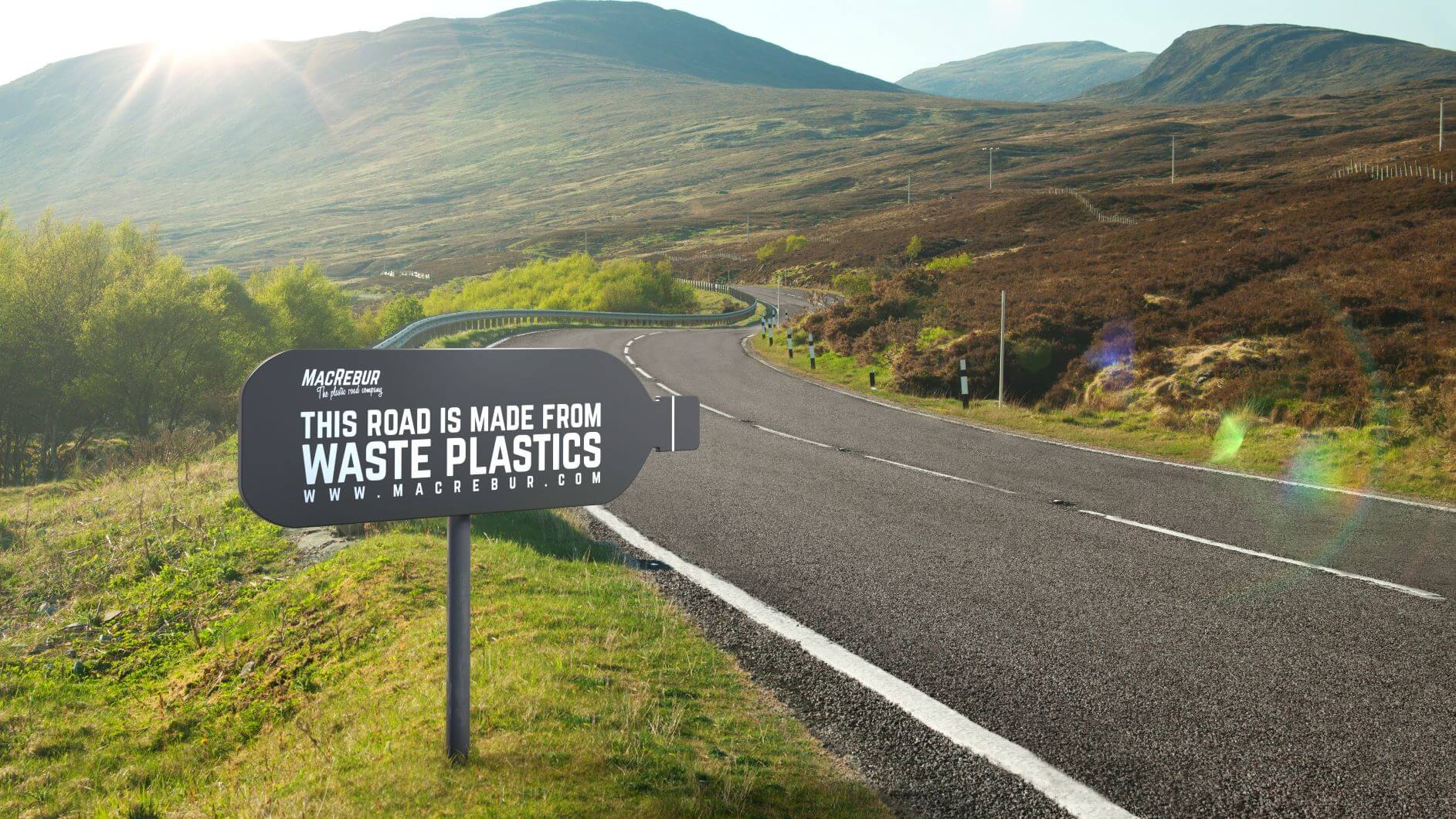One of the biggest problems in the Philippines and in the world is what to do with plastic waste. We create more plastic waste than we can effectively recycle thanks to single-use packaging and products, and since they take literal centuries to fully degrade, that’s a huge problem that we need to solve. One way to tackle our plastic problem is to recycle plastic waste into asphalt roads, which is what’s being done by the Department of Public Works and Highways (DPWH).

While the idea of using plastic waste as asphalt roads isn’t new (India started their own plastic to asphalt recycling program more than a decade ago in 2006), it’s still a massive step in the right direction especially when you consider that our country creates 2.7 million tons of plastic waste each year, with 20 percent of that ending up in the ocean.
The Philipines has already taken steps to recycle plastic waste into asphalt roads – in 2019, a portion of the busy streets of Taft Avenue was re-paved with asphalt containing plastic waste, thanks to the efforts of Neilsen Campit, a quality assurance inspector, a research and development engineer, and a field testing engineer in DPWH and the Bureau of Research and Standards. The repaving of a portion of Taft Avenue was part of the first phase of his Re-Entry Action Plan that earned him a win at the Australia Wards, which involved the use of low-density polyethylene or LDPE in roads.
The second phase of the project involved paving yet another road segment in Manila, this time along Quirino Avenue in Paco. That involved paving a stretch of road around 325 long, with 162m of it infused with HMA mixed with plastic waste. That short span used around 850kg of plastic.
Both phases of the project will be monitored by the DPWH for around a year to monitor how the plastic-infused section of the asphalt behaves and perfoms VS the traditional stretch of road, though if it pans out, the new paving method stands to help with the Philippine’s massive plastic waste problem.



































































